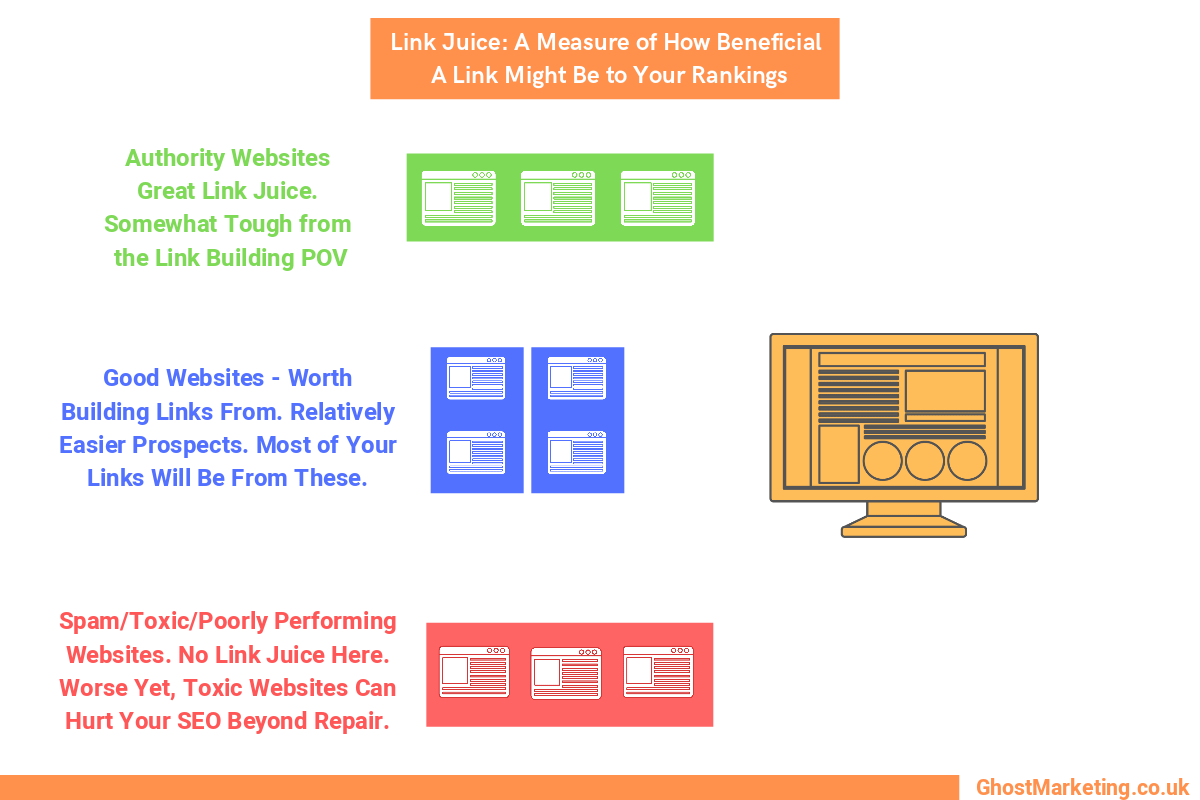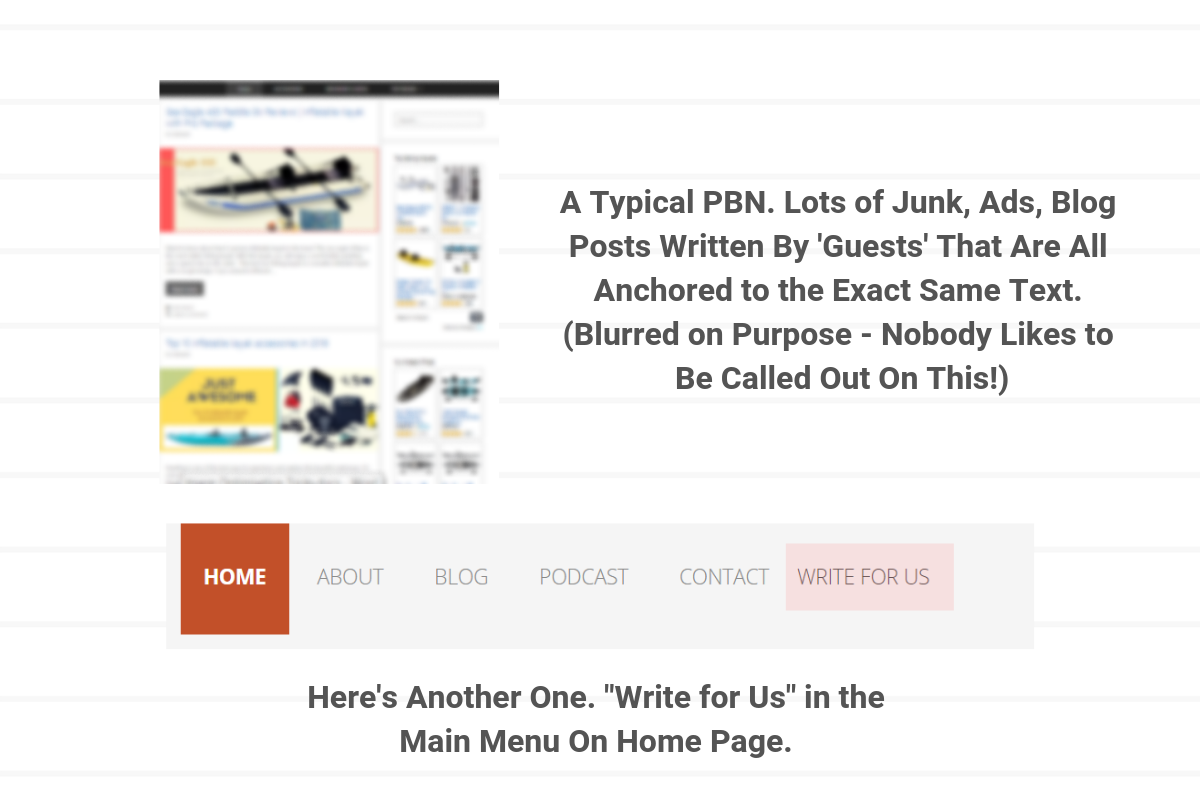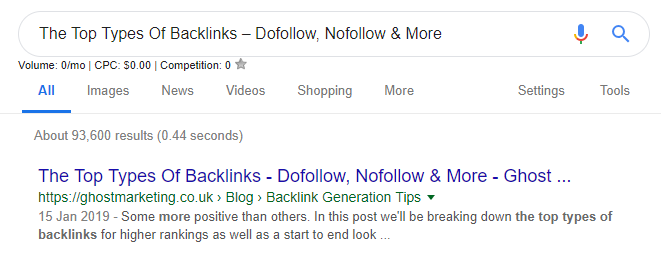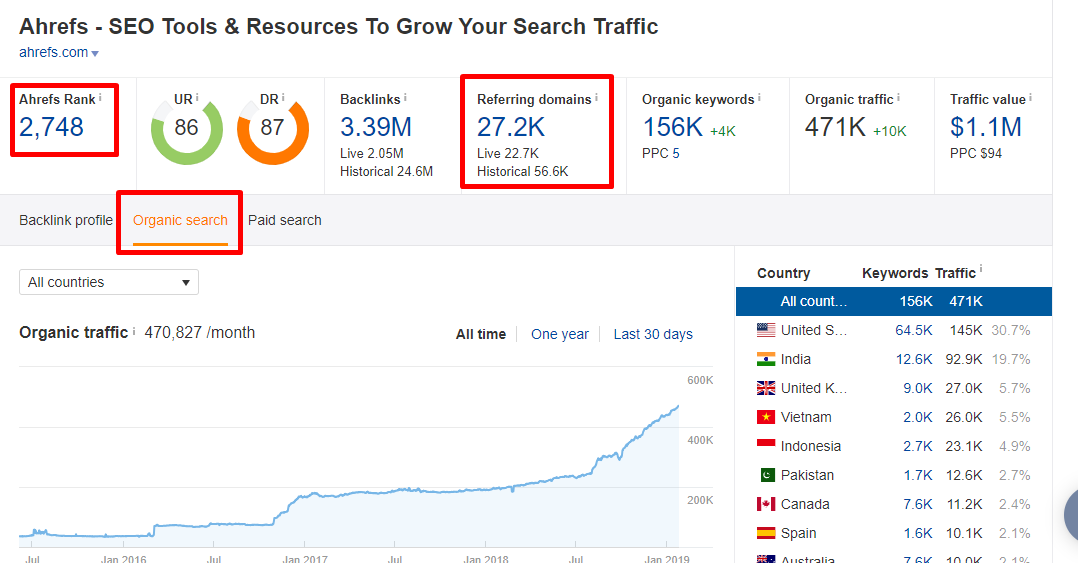Over the last 12 months, we’ve received an increasing amount of questions around how we define website quality and determine the quality of a link.
The problem with this is actually the question itself.
These subjects of domain authority, link value and everything else associated with a site’s quality are very misunderstood. It’s the classic case of “a lot of people knowing a little bit”, which leads to some insanely dangerous misconceptions around what is actually going on behind the scenes and what links are really going to move your organic rankings needle.
In this post, we’ll be outlining what an authoritative website actually is, how you can determine the quality of a backlink, why metrics are very dangerous as well as our personal link valuing process checklist. If you have any questions or want to know how this process can help your organic ranking, do get in touch.
Contents
What Is An Authority Website (AKA Authoritative Website)?
This is the major problem with the entire line of questions associated with site quality. To be honest, you can blame this on inexperienced marketers who love nothing more than casually throwing a lot of jargon around (this happens in every industry).
The term authority or domain authority originally came from Moz, and how they determined the “quality” of a link. In essence how valuable that link was, or how much link juice that would pass.
Problem is, authority has different meanings to different people and also different measurements within individual software. Majestic talks about “trust flow” and citation flow”, Moz works with domain authority, and Ahrefs calls this domain rating or Ahrefs rank.
All of those are link analysis metrics but they have different data points that each relies on and one site might state a link is a good opportunity, another might state its a risky link.
Here’s what you really need to know. All the SEO and link analysis tools you use have their own little world of bots, scrapers and even crawlers. None of these will ever be able to compete with Google – and hence, every metric that we get from such tools needs to be viewed from a wide perspective and taken with a pinch of salt. In this territory, there are no absolute numbers, no final verdicts. It’s all, as Einstein would say, relative.
You can take this problem a step further in as much as the terms; authority, trust or rating have other meanings to other people. Say the term “trust” or “authority” to 100 different SEOs and you’ll get 100 different answers. In fact, we actually asked and this is what we found out:
Essentially this is where the majority of issues around relying on metrics only stems from.
Everything is misinterpreted . No one agrees on what X terminology means. What’s more, all the ‘opinions’ are little more than educated guesses.This is exactly why relying heavily (and to the point of no return) on these metrics/guesses is dangerous.
Why Relying On Link Analysis Software Metrics Is Dangerous
Metrics can be used to determine what sites will pass the most “link juice” or ranking benefits once a link is achieved. I will soon talk about the most reliable ways to do this, as well as our 15 second checklist we use for all new sites to see if they make the prospecting list or not.
The problem is the software metrics have to look at very specific data points, such as number of referring domains, organic traffic, the power of the referring domains themselves etc. Although this is good as a very high level view, there are multiple downsides:
- Not all links are always picked up.
- Smaller sites will be seen as weaker.
- Relevancy isn’t noted or factored in.
- The link context is ignored (in the overall scores).
- Narrowly viewing the score as something to implement can lead to you going after toxic link opportunities or simply links that aren’t worth your time or resources (links that won’t help you rank, and – in many cases – actually attract penalties).
The reason each software is trying to spit out a specific number, whether that be DA, DR or TF, is mainly due to the original concept of PR (PageRank).
Pagerank was a metric that used to be public. Essentially, it was the accurate value that Google weighed each specific website with. Since SEO is mostly all about Google, this was all SEOs would need to know where their clients’ websites stand. Everything was (apparently) great!
Then Google decided they’d remove the public pagerank and people started to lose their sh*t.
Problem is, Pagerank actually still exists (not just me saying this btw), it’s just most likely called something else and is not visible to peasants outside of the realm of Google.
As a result, third party software providers (with far less resources) are trying to replicate how PR would be calculated and reported on. And as much as I love Ahrefs and a lot of link reporting software (they make our lives easy and our in-house processes much more effective), I know that their metrics are only guidelines.
If you use those metrics as the be all and end all then you are going to either be losing a lot of potential prospects, or simply building links that you shouldn’t probably touch even with a 10-foot pole.
What Is Link Juice?

Link juice is a common term used in the link building and SEO industry that denotes how powerful a specific link is.
In essence link juice refers to the amount of ranking benefit that one website sends to another through the form of a backlink.
The more powerful the linking site, the more beneficial the site being linked to, and hence the more link juice that is passed.
100+ Clients. Thousands of Links. Millions in Revenue Added to the Top Line In Extremely Competitive Industries & Niches. Check Out Our End-to-end Link Building Process to See How.
Reliable Metrics & Softwares to Use
As we touched on earlier there’s multiple tools that analyse how powerful or authoritative a specific website is. Only covering the major ones can even get confusing, and when you add in the fact that there are now dozens of link analysis softwares on the market, the semi-educated marketer can get very confused, very quickly.
Below is some information about the major tools and what we recommend.
Ahrefs
Ahrefs is the leader in the link analysis field as it stands. It’s the software I’d recommend using on a daily basis for any SEO agency or business looking to generate links.
Majestic & Moz
Majestic and Moz are still the next runner ups in my opinion.
Personally, I still believe they are slightly overrated and need to be convinced otherwise. But if you have access to all of them, analysing a site through all 3 is always a good idea.
Semrush & Others
Semrush is a great tool but their link analysis is terrible. This is probably similar to many other SEO softwares on the market.
If you are waiting for me to mention a specific company or tool and it’s not been mentioned, it likely needs to be ignored from a link analysis point of view. If you’re still convinced that it needs a mention here, do let me know here.
Manual Checks
Manual checking a website is so underrated and under-utilised by SEO’s and business owners. Simply looking at a site for 30 seconds will give you 80% of what you need to make a decision on whether the site is a good link prospect or not.
Below we’ll be outlining what we do at Ghost Marketing and why we built out the 15 second second link building prospector checklist to combat the mass of misinformation that a lot of people have.
The 15 Second Website Quality Test
This is what we do in-house and what all team members are trained on determining a site’s quality. This is essential from a resources point of view within an agency as well as for anyone implementing link building campaigns of their own.
Taking time to develop a simple checklist (like this one) that your team members can use makes the ROI of your link building efforts increase dramatically.
Part 1 – The “Common Sense” Look
Is this site a PBN or built just to earn through the relatively new “paid guest posts” strategy?
If they are advertising a write for us section in the header, then you are most likely dealing with a site that’s selling links/guest posts. Although the site’s quality might be high, the amount of outbound links and the quality of those sites is simply not worth the value of whatever the webmaster is quoting.

Once you go through enough sites and opportunities, you should be able to spot PBNs easily.
Part 2 – Content Ranking Checks
Google the exact title from 2 posts and check if the site ranks (should be first for a long title). This is very easy to do and can be done in 3 seconds if you have a good internet connection. Even a site with a little authority should still be ranking 1st for the exact title of a post they write.

Part 3 – Outbound Exact Match Anchor Checks
Next you want to check on 2-3 posts if there are exact match anchors going out regularly. By exact match anchors I mean clickable links that don’t really make sense within the content or should just be branded anchors. This is a clear sign of a poor site that’s either allowing commercial content via a guest post or is just selling links. If there are multiple of these then give the site a miss.
Part 4 – Ahrefs “Worthwhile” Check
Finally what we do is throw the site into Ahrefs site explorer and analyse three elements very quickly:
- Organic Traffic – Usually, I want to see 2,000+ per month depending on the niche.
- Referring Domains – Again, I like to see 200+ referring domains, depending on the niche.
- Domain Rank/ Ahrefs Rating Metrics – Below 10 million / DR15+.

Like everything else we’ve discussed here, these are just guidelines that work more often than not.
If you are in a very specific sub niche, and there are fewer sites then simply lower the minimum requirement metrics as relevancy is becoming more and more important, but that’s a conversation for another time.
Having been in this industry for years, I know exactly how overwhelming these things can get if you aren’t initiated in the crazy-chaotic world of link building. But that’s exactly why we are here – to help you rank higher through proven, efficient and bang-for-the-buck link building strategies. If you’d like to know more or you want to discuss your requirements directly with our team, do get in touch here.
100+ Clients. Thousands of Links. Millions in Revenue Added to the Top Line In Extremely Competitive Industries & Niches. Check Out Our End-to-end Link Building Process to See How.
